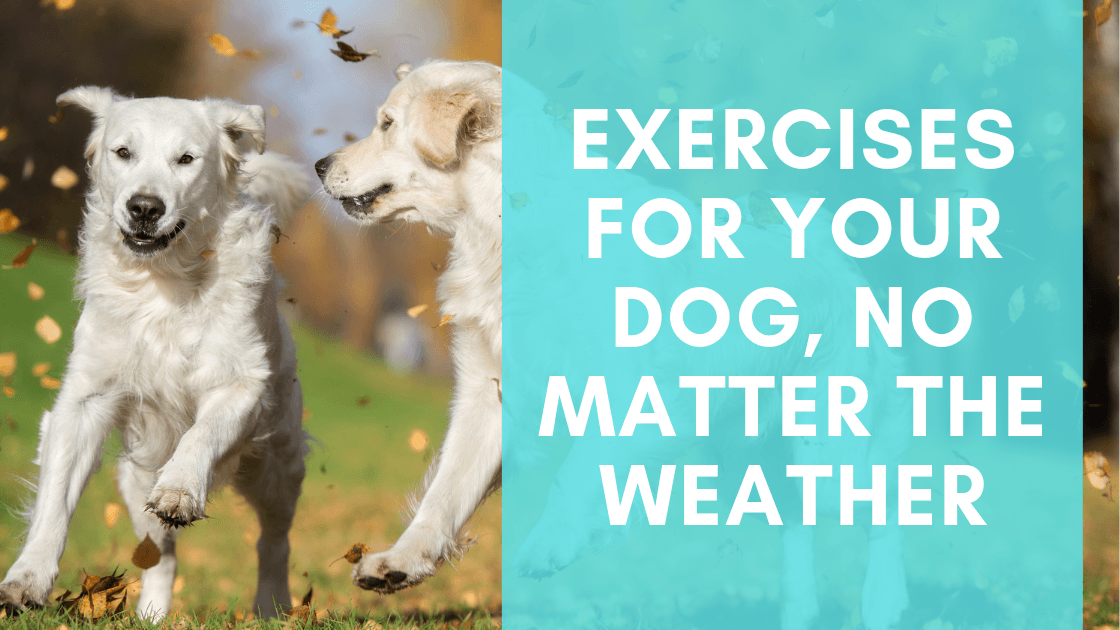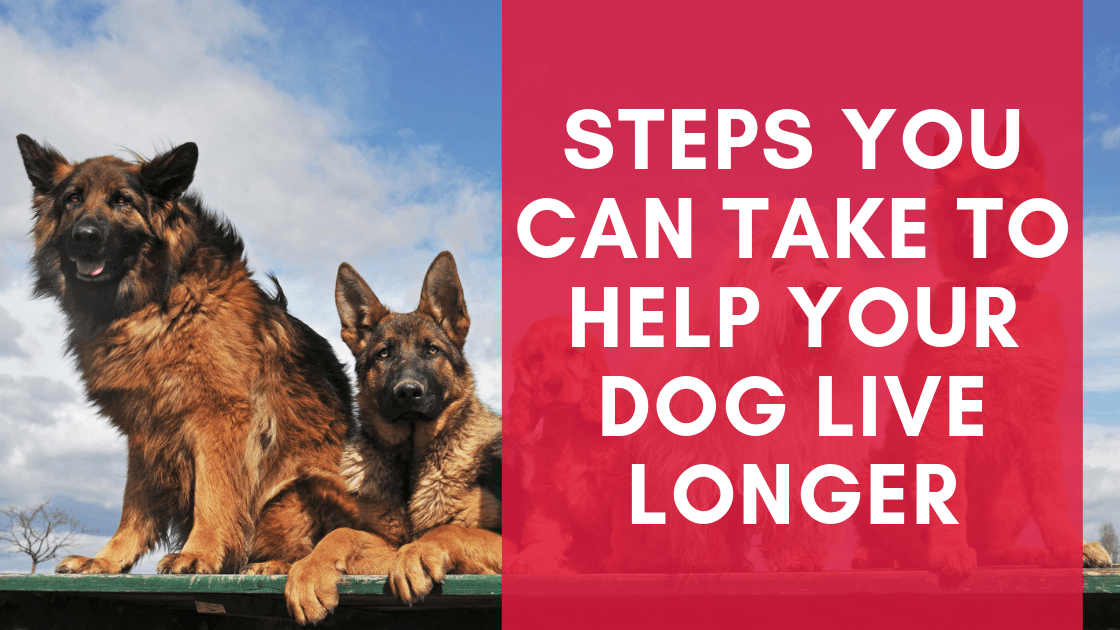Dog parks are divisive places: Many dog owners use the parks as the means for their pets’ exercise, while others warn about the dangers of allowing dogs in packs.
There are, indeed, scary stories about dogs being injured or behaving more aggressively than normal in the park. If you want a dog park to be part of your pet-ownership experience, there are a few things to keep in mind.
1. Pick up after your dog
Most if not all dog parks have bag stations stuffed with thick bags to help you scoop your dog’s poop and trash it an the appropriate receptacle. The bags are supplied for your convenience and aren’t an option. Keeping the running area free of defecation means a cleaner, safer playtime for your pup as well as poop-free sneakers for your feet.
2. Work on her greeting skills
Large dogs, sweet as they may be, are exuberant. They want to love hard. Upon a first greeting, they jump up on people or mount other dogs. Before taking your dog to the park, practice introducing her to people and pets she doesn’t expect to see – perhaps by inviting someone over to your home to ring the doorbell – and work on her receiving manners.
Read our detailed guide: Large Dogs: How to Stop the Jumping
3. Exercise your dog beforehand
A dog park is meant to be a supplement to your pooch’s exercise not the sole source of it. Walking, running or playing with her before heading to the park helps loosen up her muscles and adjusts her energy levels.
Entering the park first-thing in the morning with no warm-up also means your dog is operating at 100% and ready to go. Her high energy may intimidate or inadvertently injure her fellow dogs, not to mention peeve other owners
Learn more ideas for exercising for your pup no matter your schedule: 10 Ways to Exercise Your Large Dog
4. Socialize her somewhere else
The park also shouldn’t be the one place you socialize your dog. If it is, that means you’re trying out her interactive skills with a group of strangers and their unfamiliar dogs. If there’s a stumbling block in her social skills – say, she pins down other dogs in her excitement – strangers are less likely to be forgiving than friends. Try socializing her early with the dogs of family members or pals who understand you and your dog are working hard on her behavior.
5. Stay on your own side
Most dog parks have signs posted about the weight and age of dogs allowed within. (In addition, all dogs should have their vaccinations.) Adhere to this: It’s a mandate, not a suggestion, and it’s for the safety of everyone’s pets. A 5-week-old puppy has no place in a park with 60-pound Labs, even if your puppy is going to be a full-grown Lab one day herself.
A lot of dog parks are divided into fenced-in areas for different sizes, and this, too, is for your pet’s safety. “My Chihuahua thinks he’s a big dog” is a silly thing to say. For his protection, keep him in the area for dogs his size.
Looking for more advice? Be sure to read our follow-up article, A Complete Guide to Dog Park Etiquette



